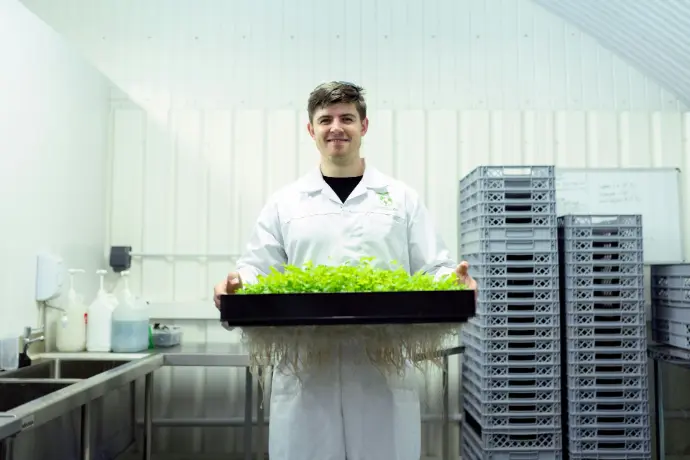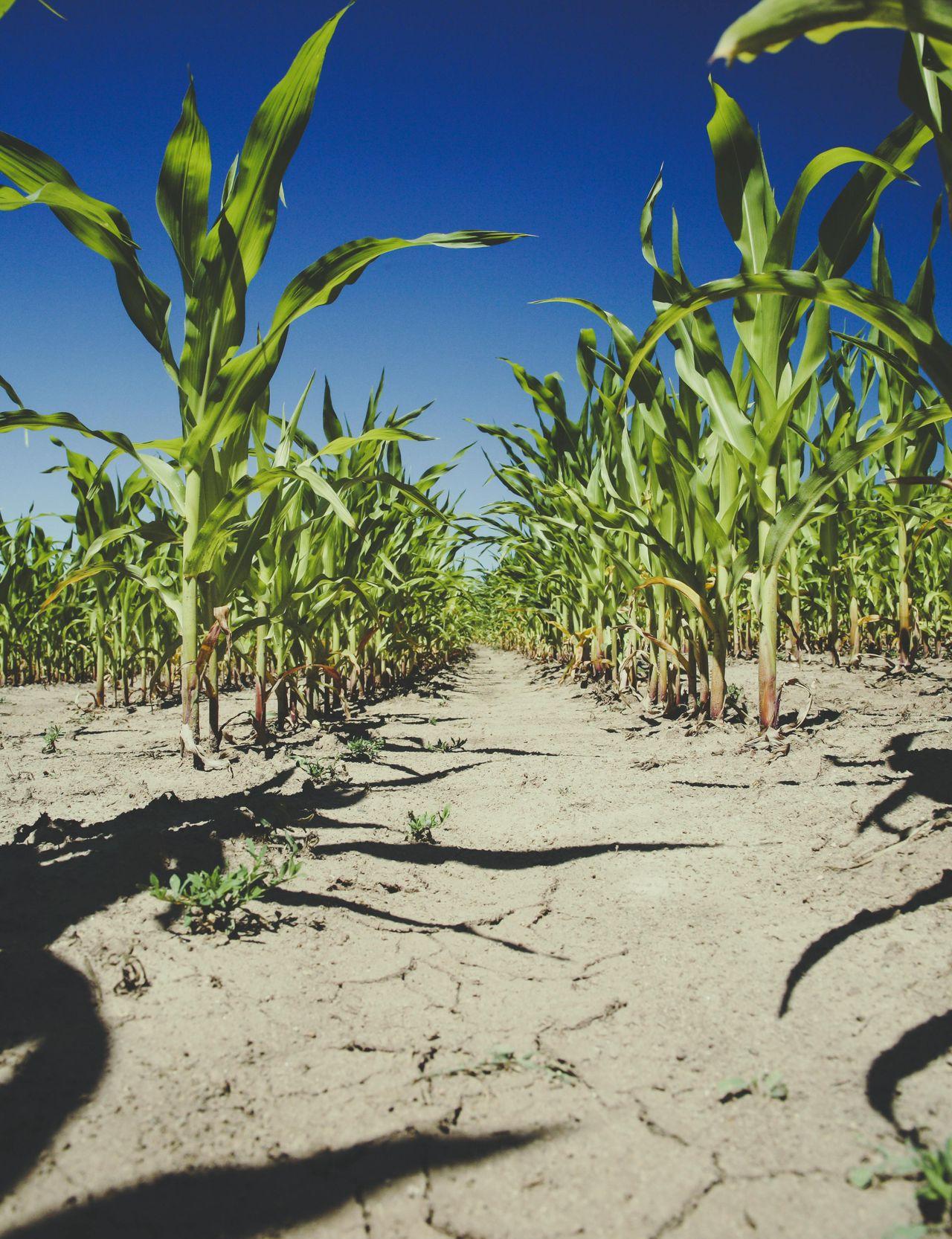Introduction
Climate change is the defining challenge of our era, but biotechnology is emerging as a transformative ally in this fight. By leveraging biological systems — from microbes to crops and enzymes — scientists are pioneering solutions that reduce emissions, enhance sustainability, and protect ecosystems. Here are five groundbreaking ways biotechnology is combatting climate change, backed by cutting-edge research and real-world applications.

1. Sustainable Agriculture: Crops Engineered for Resilience
Biotech crops combat drought and soil salinity, ensuring food security in a warming world
Biotechnology is reimagining agriculture to reduce its environmental footprint while boosting productivity. Key innovations include:
- Drought-Tolerant Crops: Genetically modified crops like HB4 soybeans and wheat thrive in water-scarce regions, increasing yields by up to 20% in drought-prone areas 8.
- Insect-Resistant Plants: Bt cotton and maize reduce pesticide use by 776 million kg globally since 1996, lowering CO₂ emissions from farming machinery 8.
- Salinity-Tolerant Varieties: Engineered rice and sugarcane withstand salty soils, reclaiming degraded farmland for cultivation

2. Biofuels: Turning Waste into Clean Energy
Algae biofuel production: Capturing CO₂ to power a greener future .
Traditional fossil fuels are a major climate culprit, but biotech is converting organic waste into renewable energy:
- Algae-Based Biofuels: Companies like Synthetic Genomics use algae to convert CO₂ into sustainable aviation fuel, aiming for 10,000 barrels/day by 2025 12.
- Agricultural Waste Conversion: Wheat straw and wood chips are transformed into biodiesel, reducing reliance on fossil fuels

3. Bioplastics and Biodegradable Materials
Bioplastics: Closing the loop on plastic pollution with nature’s enzymes .
Plastic pollution and petrochemical production account for 8% of global oil use. Biotech alternatives include:
- Enzyme-Recycled Plastics: Carbios uses microbial enzymes to break down PET plastics into reusable materials 9.
- Plant-Based Packaging: Danimer Scientific’s biodegradable “plastic” from plant oils dissolves harmlessly in soil 12.
4. Carbon Capture with Engineered Microbes
Microbial carbon capture: Tiny heroes in the climate crisis
Biotech is turbocharging nature’s ability to sequester carbon:
- Nitrogen-Fixing Bacteria: Joyn Bio’s microbes reduce synthetic fertilizer use, slashing nitrous oxide emissions (a potent greenhouse gas) 12.
- Carbon-Hungry Algae: Algae farms absorb CO₂ while producing biomass for biofuels or food
5. Lab-Grown Meat: Reducing Livestock Emissions
A futuristic lab setup with scientists cultivating meat cells .
Livestock farming generates 14.5% of global greenhouse gases. Biotech offers a sustainable alternative:
- Cultivated Meat: Companies like Eat Just (approved in Singapore) grow meat from cells, using 90% less land and water 9.
- Plant-Based Proteins: Microbial fermentation produces animal-free proteins, cutting methane emissions from cattle

Conclusion
Biotechnology isn’t just a tool — it’s a paradigm shift in how we address climate change. From resilient crops to carbon-capturing microbes, these innovations prove that science and sustainability can coexist. As these technologies scale, they offer hope for a net-zero future.